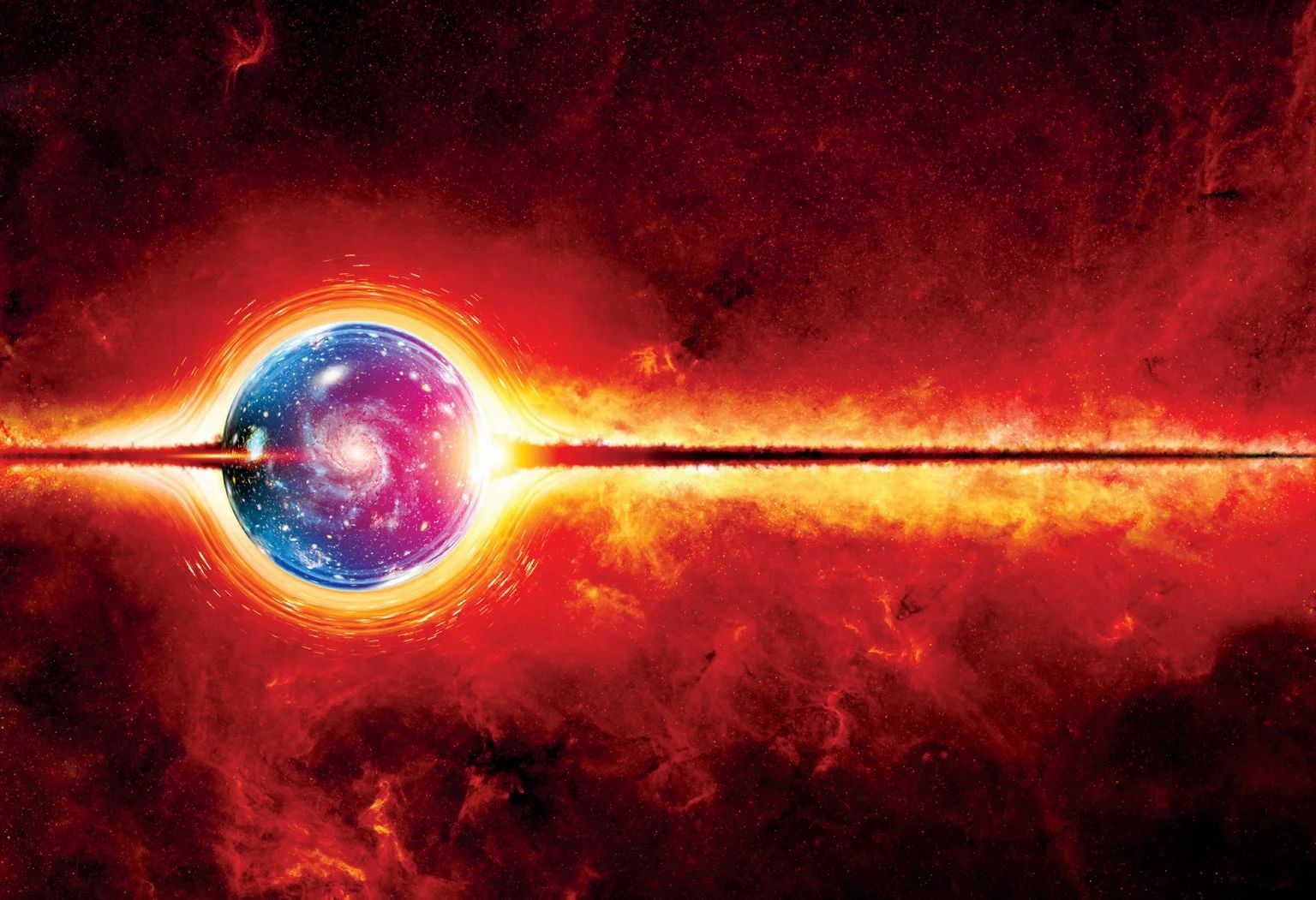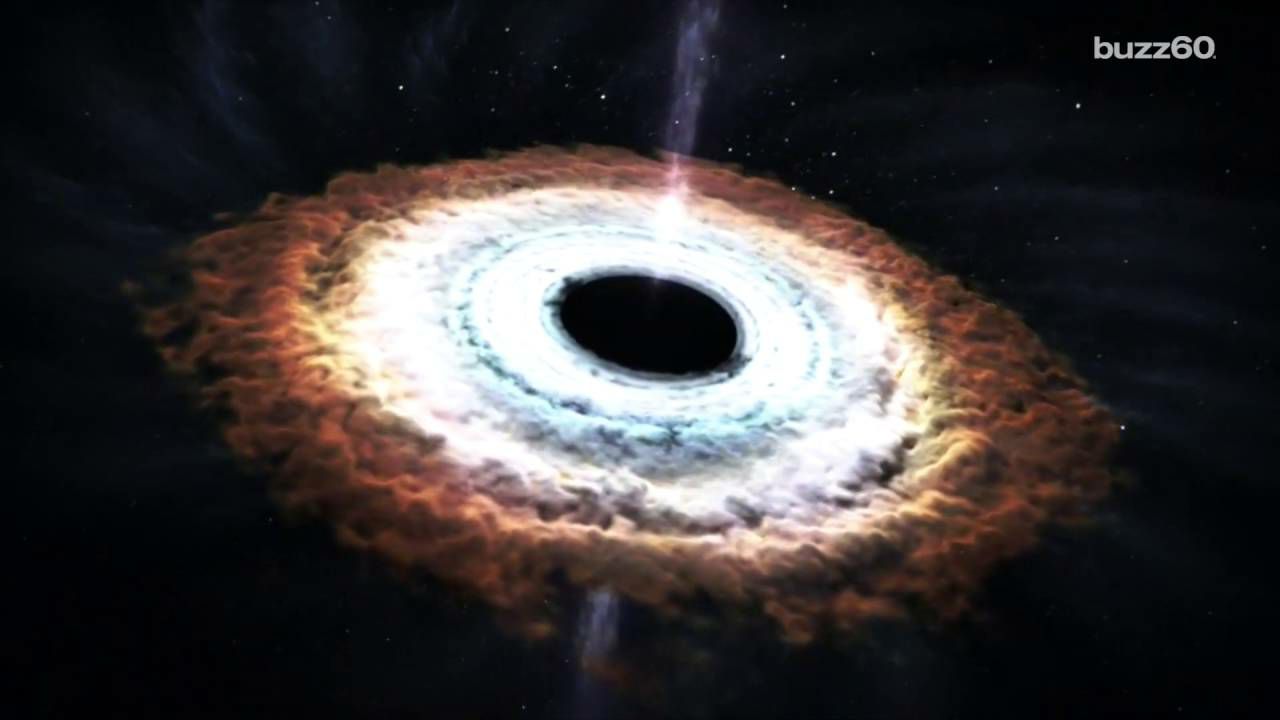Black Holes and Holograms: A New Theory That Changes Our Understanding of the Universe.
Recent research has proposed a fascinating idea about black holes, suggesting that they may be similar to holograms. Scientists have theorized that all the information needed to create a three-dimensional image of a black hole is encoded on a two-dimensional surface. This concept reconciles two previously discordant theories and aligns with Einstein’s theory of relativity, which describes black holes as three-dimensional, simple, spherical, and smooth.
Black holes pose significant theoretical challenges for astrophysicists, as they combine the principles of general relativity and quantum physics of gravity. Current theory suggests that black holes are simple entities with no information, but quantum physics suggests that they are incredibly complex systems with a high level of entropy, indicating the presence of substantial information.
To study black holes, researchers Francesco Benini and Paolo Milan applied the holographic principle, which was established three decades ago. According to this principle, gravity in a specific region of space can be expressed in terms of a complex system that exists only on the boundary of that region, effectively reducing the dimensionality by one. In this alternative description, gravity is not explicitly present, allowing for a description of gravity that avoids conflicts with quantum mechanics.
By applying the holographic principle to black holes, Benini and Milan aimed to gain a deeper understanding of their thermodynamic properties. The research suggests that black holes have high entropy and can be described as holograms with two dimensions, where gravity disappears, but can reproduce a three-dimensional object.
This research represents a significant step toward unraveling the mysteries of black holes and exploring the intersection of quantum mechanics and general relativity in relation to these cosmic entities. It opens up new possibilities for understanding the nature of black holes and the fundamental properties that govern them. Further studies are likely to shed more light on this intriguing area of research.
Hits: 2








